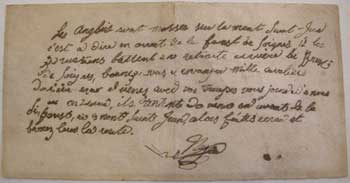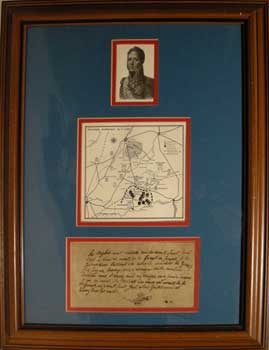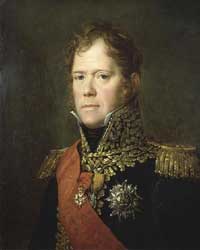The Forest of Soignes lay behind the Anglo-allied Army of the Duke of Wellington at the Battle of Waterloo. It had generally been seen as a tactical blunder to position troops for battle in front of woodland because it hampers their ability to retreat. In the eyes of the French commanders the position of Mont Sainte-Jean was ill chosen. Mont Sainte-Jean was the name the French gave to the Battle of Waterloo. The hamlet is on the reverse slope where the Battle was fought. The injudicious choice of his field of battle rendered all retreat impossible. Wellington however had personally reconnoitred his intended position carefully for the defence of Brussels and positioned his army across the Brussels/Charleroi road along the Mont Saint-Jean escarpment, and the unseen sunken lane that ran in a ditch partially behind it serving a natural defence against French artillery and cavalry attacks. Consequently Wellington's forces were able to withstand repeated attacks by the French, until, in the evening, the Prussians arrived in force and broke through Napoleon's right flank. At that moment, Wellington's Anglo-allied army counter-attacked and drove the French army in disorder from the field.

This dispatch (approx size 3 ¼ x 6 ¾ ") written in iron-gall ink on paper bearing the signature of Ney, with his paraph, reads in translation thus:
The English are amassed on Mont-Saint Jean, that is in front of the forest of Soignes. If the Prussians retreat behind the forest of Soignes you must send a thousand cavalry behind them, and come with your troops to join us. If one finds they intend to come in front of the forest at Mont Saint-Jean, then make a screen and bar the route. Ney.
This dispatch from Ney to Général Lobau, commander of the French VI corps, was written on the morning of the day the battle on 18 June and outlines an alternative strategy based on the movements of the Prussian army under Marshal Blücher whom Napoleon had forced to retreat north-east toward Wavre, following the battle at Ligny, 15 km NE. of Charleroi on the 16th. That same day Wellington had engaged the French under Ney, at Quatre Bras, 13 km south of Waterloo. He was now obliged to fall back in fighting retreat to the valley south of Waterloo and his defensive position on the escarpment to await the arrival of Blücher's Prussians, the impending news of which he received at 2 am on the 18th. The battle lines were now drawn on opposite sides of the shallow valley.
Had Wellington been defeated and Blücher been unable to bring his army to join that of Wellington's, this dispatch could have become critical as it outlines the next step.





